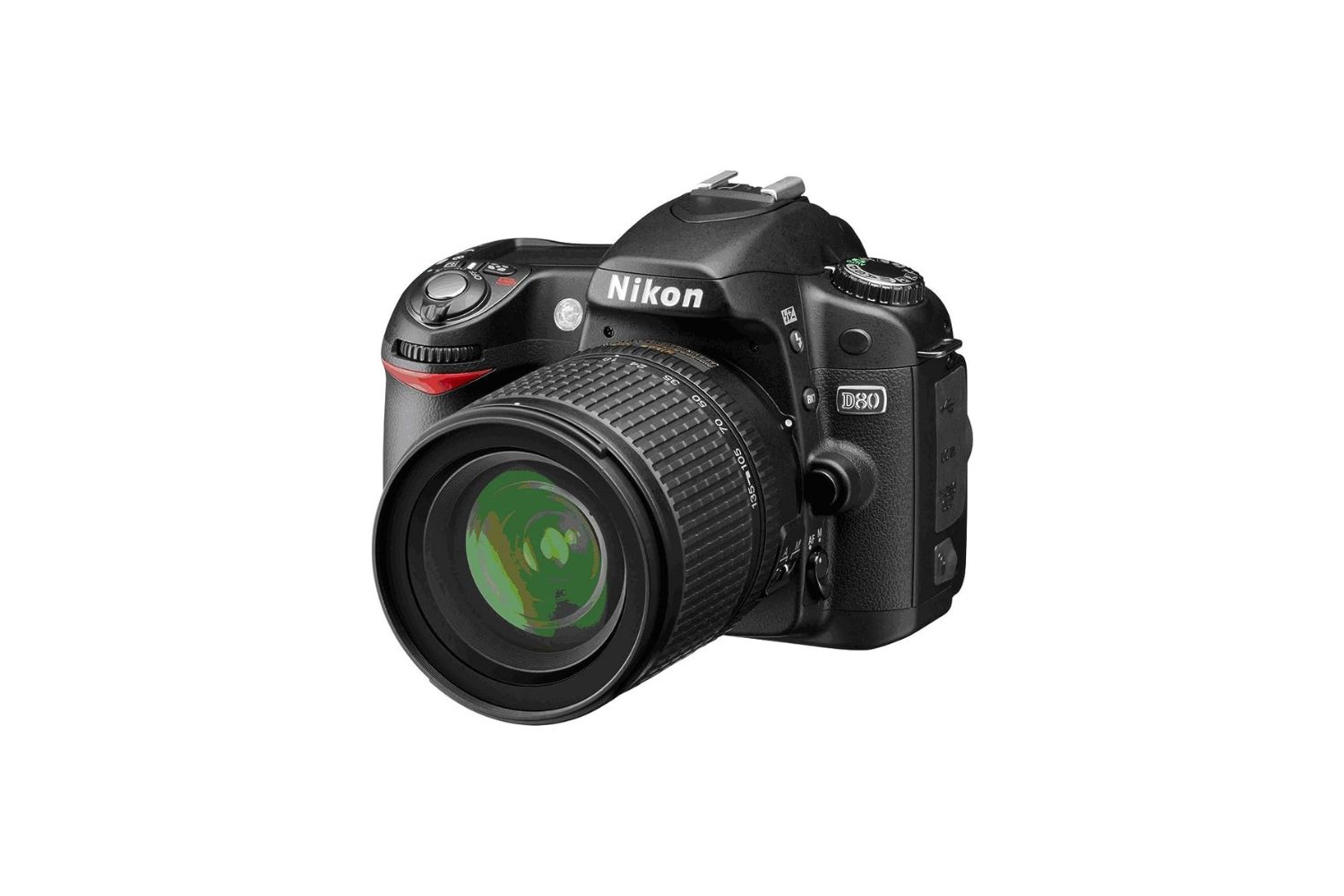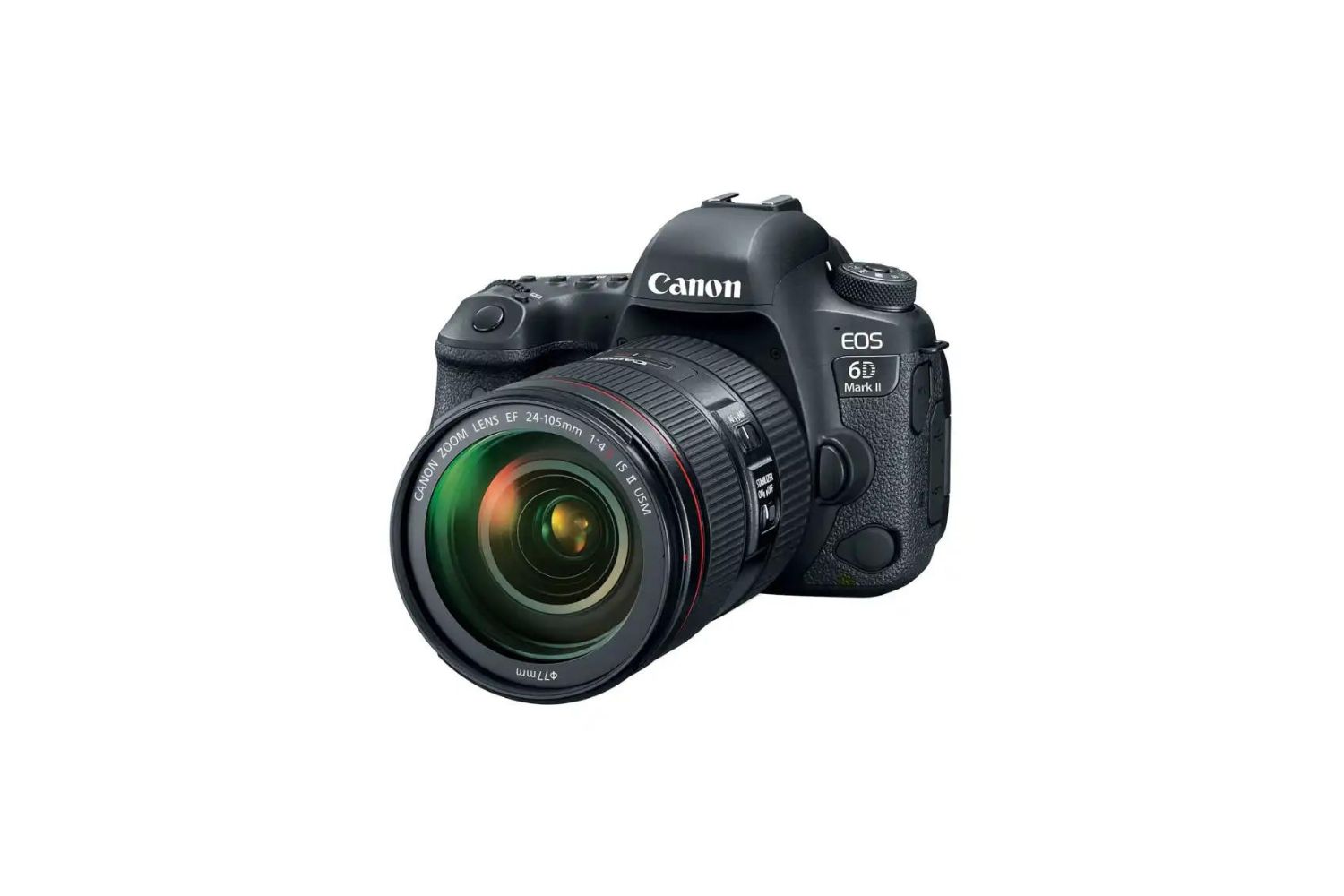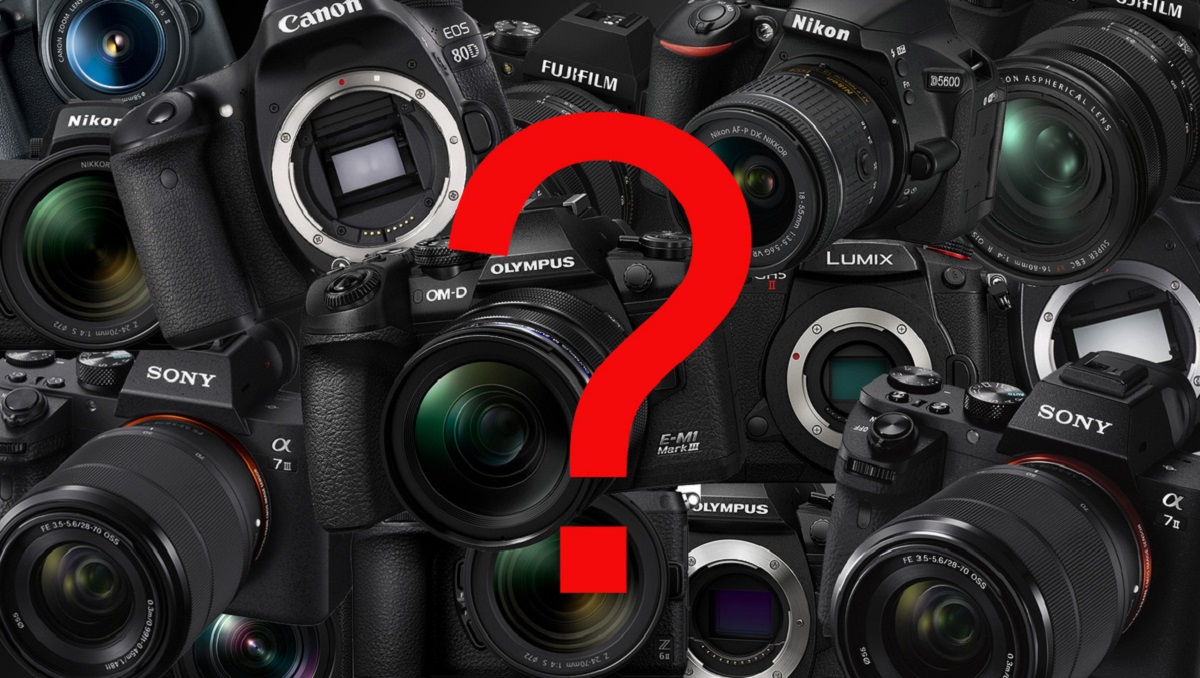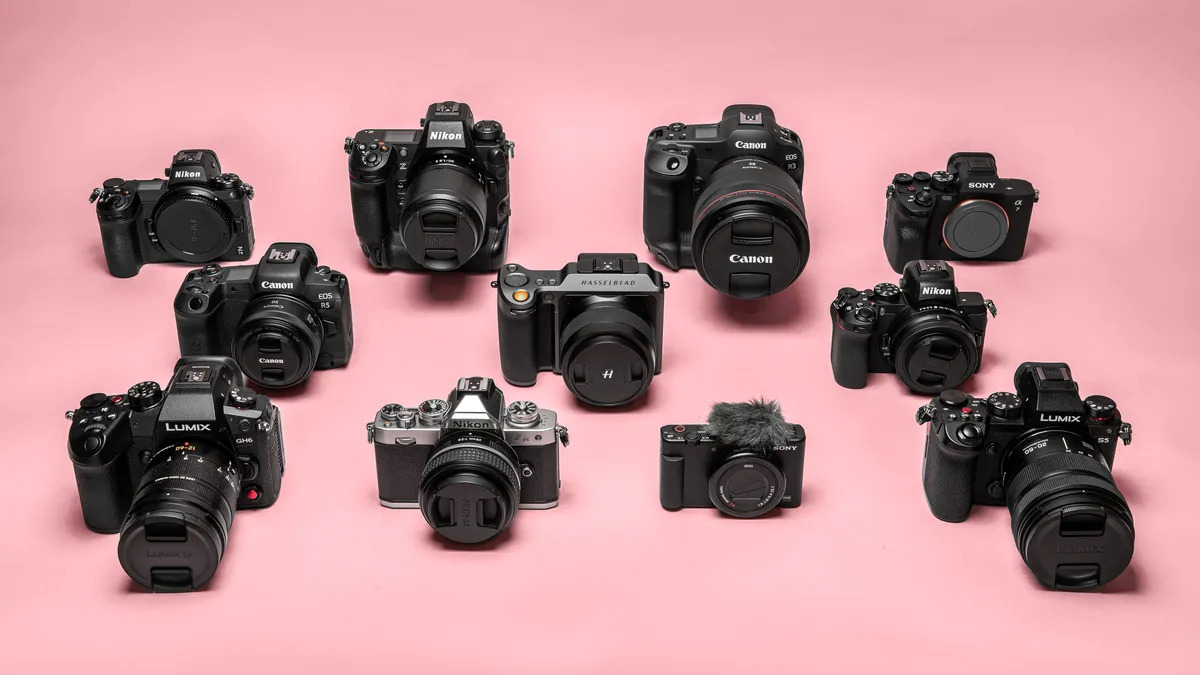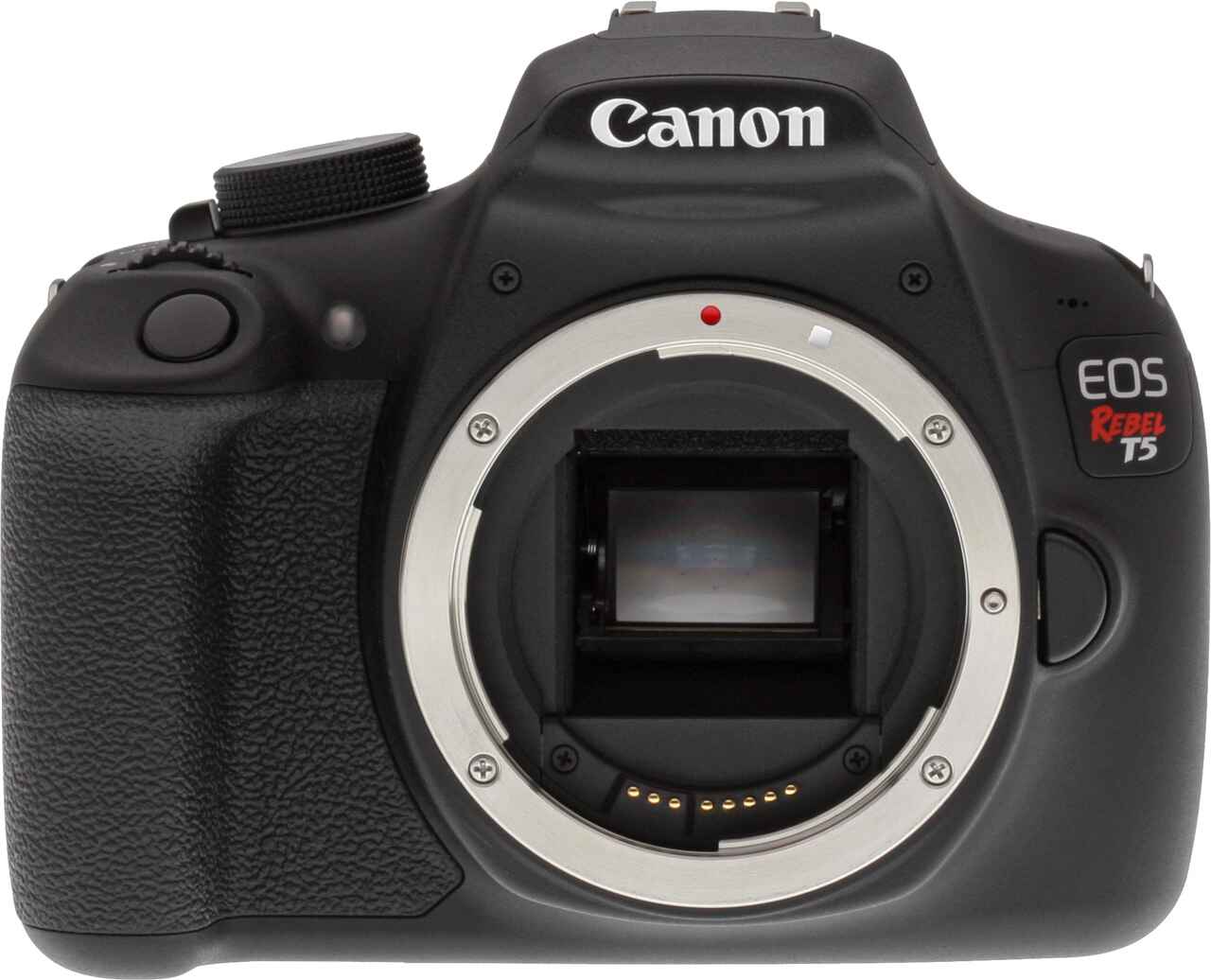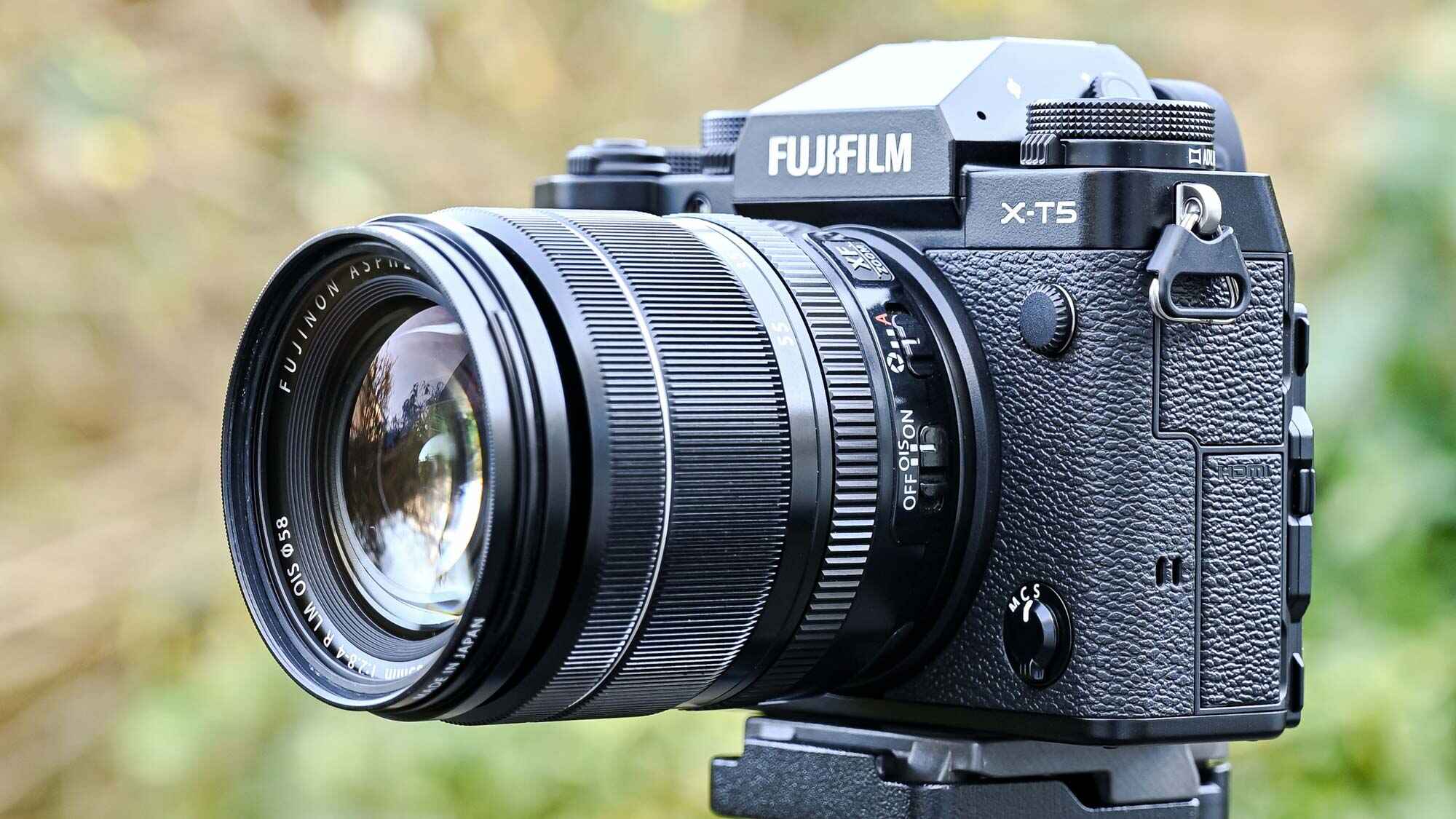Introduction
When it comes to choosing a digital single-lens reflex (DSLR) camera, one of the key specifications that often captures the attention of buyers is the number of megapixels it offers. The term "megapixels" is frequently used in marketing materials and discussions about digital cameras, but what does it really mean, and how does it impact the quality of the photos you can capture with a DSLR camera?
In this comprehensive guide, we'll delve into the world of megapixels in DSLR cameras, shedding light on their significance and the factors to consider when evaluating megapixel specifications. Whether you're a photography enthusiast looking to upgrade your gear or a novice seeking to understand the technical aspects of DSLR cameras, this exploration will equip you with valuable insights to make informed decisions.
Understanding the role of megapixels in DSLR cameras involves more than just grasping the numerical value associated with this specification. It encompasses an appreciation of how megapixels contribute to image resolution, detail, and printing capabilities. Moreover, it involves recognizing the interplay between megapixels and other factors that influence image quality, such as sensor size, lens quality, and post-processing techniques.
As we embark on this journey through the realm of megapixels in DSLR cameras, it's essential to approach the topic with an open mind and a willingness to explore beyond the surface-level understanding commonly portrayed in camera advertisements. By the end of this guide, you'll have a clearer understanding of the significance of megapixels in the context of DSLR cameras, enabling you to make well-informed decisions when evaluating and selecting a camera that aligns with your photography goals. Let's dive into the intricacies of megapixels and their impact on the world of DSLR photography.
Understanding Megapixels
At the core of every digital image captured by a DSLR camera lies the concept of megapixels. Simply put, a megapixel is equivalent to one million pixels, with each pixel serving as a building block that collectively forms the visual composition of a photograph. When a camera’s specifications indicate a certain number of megapixels, it refers to the total count of individual pixels that comprise an image captured by the camera’s sensor.
With higher megapixel counts, DSLR cameras can produce images with greater resolution and finer detail, as the increased number of pixels allows for more information to be recorded within the frame. This heightened level of detail becomes particularly significant when images are enlarged or cropped, as the surplus of pixels provides the flexibility to maintain sharpness and clarity without sacrificing quality.
However, it’s important to note that the correlation between megapixels and image quality isn’t solely determined by the quantity of pixels. The quality of the camera’s sensor, the efficiency of its image processing algorithms, and the capabilities of the lenses used all play pivotal roles in shaping the overall image output. While higher megapixel counts can enhance the potential for capturing intricate details, the practical benefits are most pronounced in scenarios where large prints or extensive post-processing manipulations are anticipated.
Moreover, the relationship between megapixels and image quality is intricately tied to the physical size of the camera’s sensor. In DSLR cameras, larger sensors can accommodate more megapixels without compromising image quality, as they offer greater surface area for distributing the pixels. This is why professional-grade DSLR cameras often feature larger sensors that can support higher megapixel counts while preserving exceptional image fidelity.
Understanding megapixels in the context of DSLR cameras involves recognizing their role as foundational elements in the creation of digital images, with their quantity influencing the potential for capturing and preserving intricate details. As we delve deeper into the realm of DSLR photography, we’ll explore the implications of varying megapixel counts and the considerations that guide the selection of an optimal megapixel range for different photography needs.
Importance of Megapixels in DSLR Cameras
The significance of megapixels in DSLR cameras extends beyond mere numerical representation; it directly influences the potential for capturing and preserving the visual intricacies of a scene. Whether you’re an aspiring photographer aiming to document breathtaking landscapes or a professional seeking to deliver high-resolution commercial imagery, the megapixel count of a DSLR camera holds profound implications for the quality and versatility of the images it can produce.
One of the primary advantages of higher megapixel counts in DSLR cameras is the ability to capture images with exceptional clarity and detail. This becomes particularly relevant when photographs are intended for large-format printing, as the surplus of pixels allows for the preservation of sharpness and intricacy even when the images are scaled up. Additionally, the abundance of pixels provides greater flexibility for cropping images without compromising quality, empowering photographers to refine compositions and focus on specific elements within a frame.
Furthermore, the influence of megapixels extends to the realm of post-processing and image manipulation. Higher megapixel counts offer a broader canvas for refining and enhancing images through digital editing, enabling photographers to engage in extensive retouching and refinement processes while retaining the integrity of the original capture. This is especially valuable in commercial photography, where the demand for impeccably detailed images often necessitates the utilization of high-megapixel DSLR cameras.
Moreover, the presence of a substantial megapixel count in a DSLR camera can elevate the overall appeal and marketability of the images it produces. In industries where visual aesthetics hold significant sway, such as fashion, advertising, and product photography, the ability to deliver images with remarkable clarity and definition can be a decisive factor in securing client satisfaction and commercial success. The heightened level of detail afforded by higher megapixel counts contributes to the creation of visually captivating and impactful imagery that resonates with audiences.
As we navigate the intricate landscape of DSLR photography, the importance of megapixels emerges as a fundamental consideration that shapes the potential and versatility of a camera’s imaging capabilities. By recognizing the multifaceted role of megapixels in influencing image quality, printing potential, post-processing flexibility, and commercial viability, photographers can make informed decisions when selecting a DSLR camera that aligns with their creative vision and professional objectives.
Common Megapixel Ranges in DSLR Cameras
When exploring the diverse array of DSLR cameras available in the market, it’s evident that they encompass a wide spectrum of megapixel ranges, each catering to distinct photography needs and preferences. Understanding the common megapixel ranges in DSLR cameras is instrumental in navigating the plethora of options and aligning the camera’s specifications with specific creative and professional requirements.
Entry-level DSLR cameras typically feature megapixel counts ranging from 16MP to 24MP, offering a balance of resolution and affordability that appeals to enthusiasts and beginners seeking to venture into the realm of digital photography. These cameras provide ample resolution for capturing detailed images suitable for online sharing and modest-sized prints, making them well-suited for hobbyist photographers and individuals exploring photography as a creative pursuit.
Moving up the hierarchy, mid-range DSLR cameras often boast megapixel counts in the range of 24MP to 36MP, striking a harmonious equilibrium between resolution, dynamic range, and performance. This segment appeals to photographers with diverse interests, including portrait, landscape, and documentary photography, as the heightened megapixel count facilitates the capture of images with enhanced detail and clarity, catering to the demands of professional and semi-professional applications.
At the upper echelon of the DSLR market, high-end cameras showcase megapixel counts exceeding 36MP, with resolutions extending into the 40MP to 50MP range and beyond. These cameras are revered for their ability to deliver unparalleled image fidelity, making them indispensable tools for commercial and specialized photography endeavors, such as high-resolution landscape photography, architectural documentation, and studio-based product photography.
It’s important to note that while higher megapixel counts offer compelling advantages in terms of image detail and flexibility, they also necessitate robust post-processing capabilities and substantial storage resources to accommodate the larger file sizes generated. Additionally, the choice of megapixel range should be aligned with the intended application of the images, as excessively high resolutions may surpass the requirements of certain photography genres and impose unnecessary overhead in terms of file management and processing.
By familiarizing oneself with the common megapixel ranges in DSLR cameras, photographers can discern the nuanced implications of varying resolutions and make informed decisions when selecting a camera that harmonizes with their artistic vision and professional pursuits. The diverse array of megapixel options empowers photographers to tailor their gear to the specific demands of their creative endeavors, ensuring that their chosen camera aligns with their unique photographic aspirations and objectives.
Factors to Consider When Choosing Megapixels for a DSLR Camera
When embarking on the journey of selecting a DSLR camera, the decision regarding the appropriate megapixel range warrants thoughtful consideration, as it profoundly influences the camera’s imaging capabilities and aligns with specific photography needs. Several pivotal factors should be taken into account to make an informed choice that harmonizes with creative objectives and practical requirements.
- Intended Application: The primary application of the images captured plays a pivotal role in determining the optimal megapixel range for a DSLR camera. For photographers focused on web-based sharing, social media, and digital displays, moderate megapixel counts in the range of 16MP to 24MP suffice to deliver visually compelling imagery. Conversely, professionals engaged in commercial, fine art, and large-format printing pursuits may benefit from higher megapixel counts, exceeding 24MP, to ensure the preservation of intricate details and the flexibility for extensive post-processing.
- Post-Processing Flexibility: The extent of digital manipulation and post-processing envisioned for the images should guide the selection of an appropriate megapixel range. Higher megapixel counts provide a broader canvas for refining and enhancing images through cropping, retouching, and resizing, empowering photographers to engage in extensive post-processing without compromising image quality. This is especially pertinent for commercial and editorial photography, where meticulous editing and refinement are integral to the production process.
- Printing and Enlargement: For photographers intending to produce large-format prints or envisioning extensive cropping and enlargement of their images, higher megapixel counts offer a tangible advantage. The surplus of pixels enables the preservation of sharpness and detail when images are scaled up, ensuring that the visual integrity of the photographs remains uncompromised even in substantial print sizes. This consideration is particularly relevant for landscape, architectural, and commercial photographers.
- Storage and Processing Resources: It’s essential to assess the practical implications of higher megapixel counts, particularly in terms of storage requirements and processing resources. Cameras with elevated megapixel ranges generate larger file sizes, necessitating ample storage capacity and robust computing resources to manage and process the images effectively. This aspect is crucial for photographers who anticipate extensive shooting sessions and engage in high-volume image production.
By evaluating these factors in conjunction with their specific photography goals and operational requirements, photographers can navigate the diverse landscape of megapixel options and identify the optimal range that aligns with their creative vision and professional pursuits. The thoughtful consideration of these factors empowers photographers to make informed decisions when selecting a DSLR camera, ensuring that the chosen megapixel range harmonizes with their unique photographic aspirations and practical needs.
Conclusion
As we conclude our exploration of the role of megapixels in DSLR cameras, it becomes evident that the significance of megapixel counts extends far beyond numerical representation, profoundly shaping the imaging capabilities and creative potential of photographers. The journey through the realm of megapixels has unveiled their intricate interplay with image resolution, detail preservation, post-processing flexibility, and printing potential, casting light on their multifaceted impact on the world of photography.
Understanding the implications of varying megapixel ranges empowers photographers to make informed decisions when selecting a DSLR camera, aligning the camera’s specifications with their creative vision, professional objectives, and operational requirements. Whether aspiring to capture breathtaking landscapes, produce high-resolution commercial imagery, or engage in meticulous post-processing and refinement, the choice of an optimal megapixel range plays a pivotal role in shaping the potential and versatility of a camera’s imaging capabilities.
Moreover, the considerations surrounding megapixels transcend technical specifications, delving into the practical implications of storage resources, processing capabilities, and the intended application of the images captured. By evaluating these factors in conjunction with their unique photography goals, photographers can navigate the diverse array of megapixel options and identify the range that harmonizes with their creative aspirations and operational needs.
Ultimately, the journey through the realm of megapixels in DSLR cameras underscores the nuanced balance between resolution, practicality, and creative potential, illuminating the pivotal role of this specification in shaping the visual narratives and artistic endeavors of photographers. By embracing a holistic understanding of megapixels and their implications, photographers can embark on their creative pursuits equipped with the knowledge and insight to harness the power of megapixels to elevate their imagery and bring their artistic visions to life.








